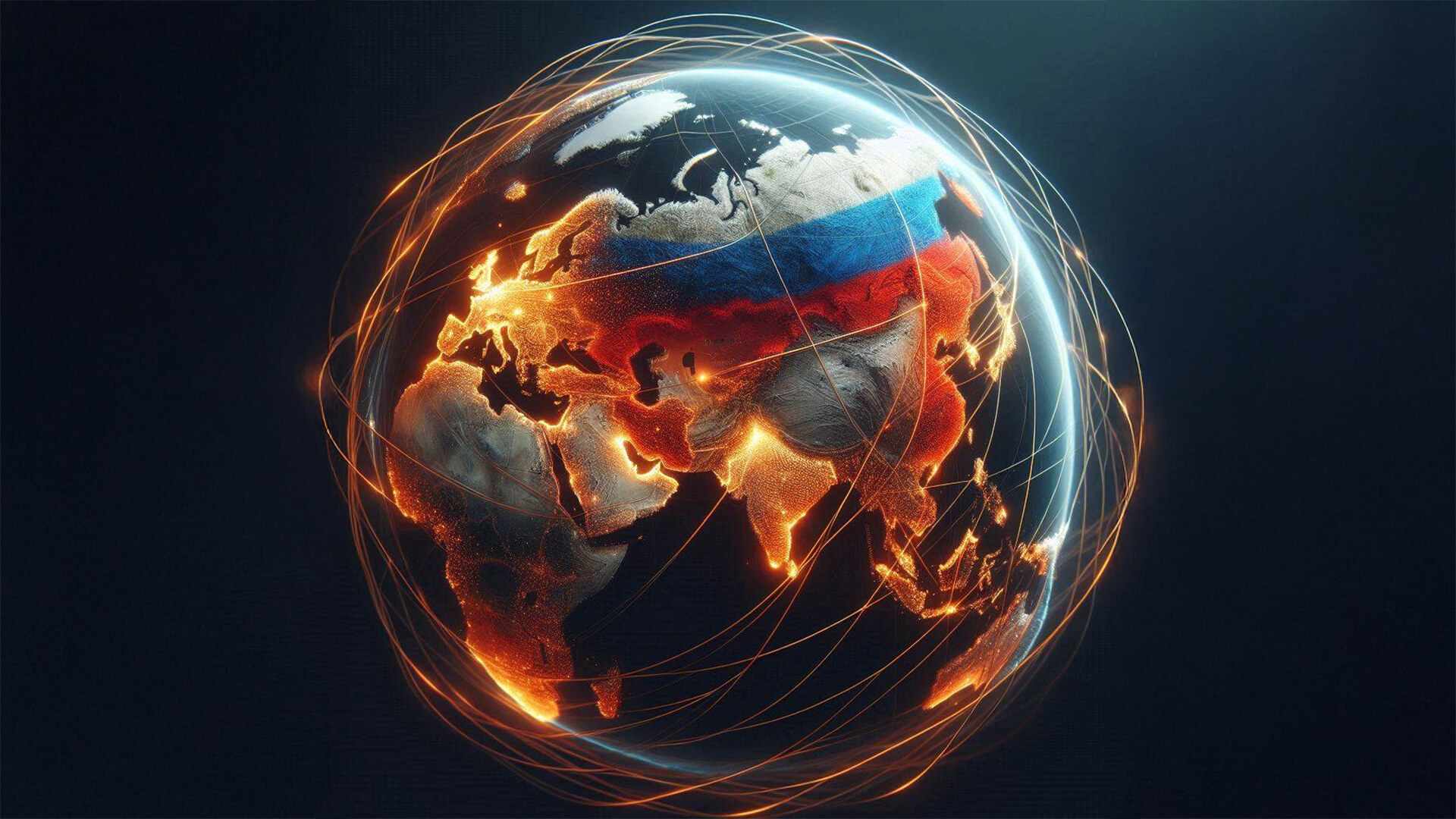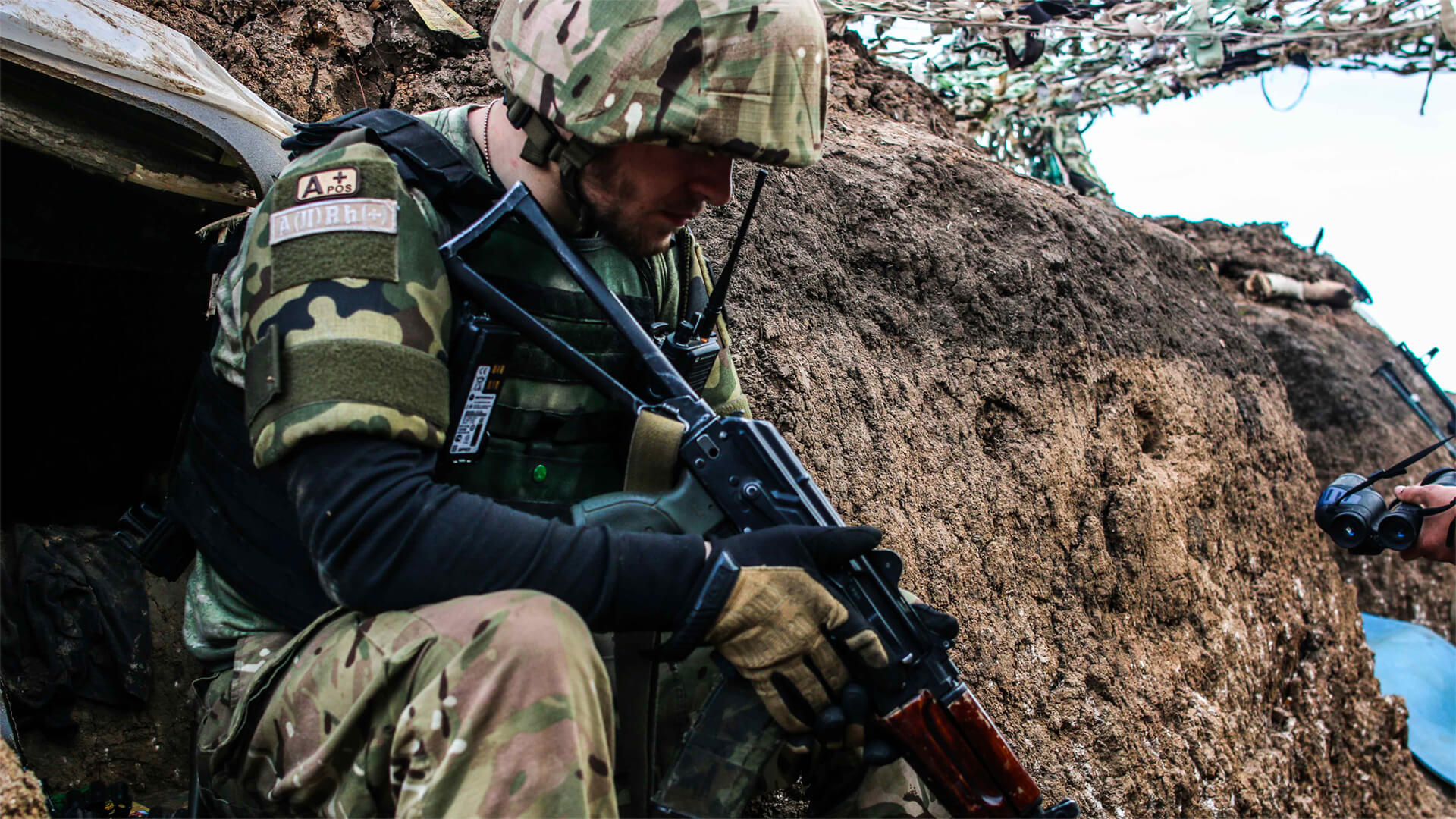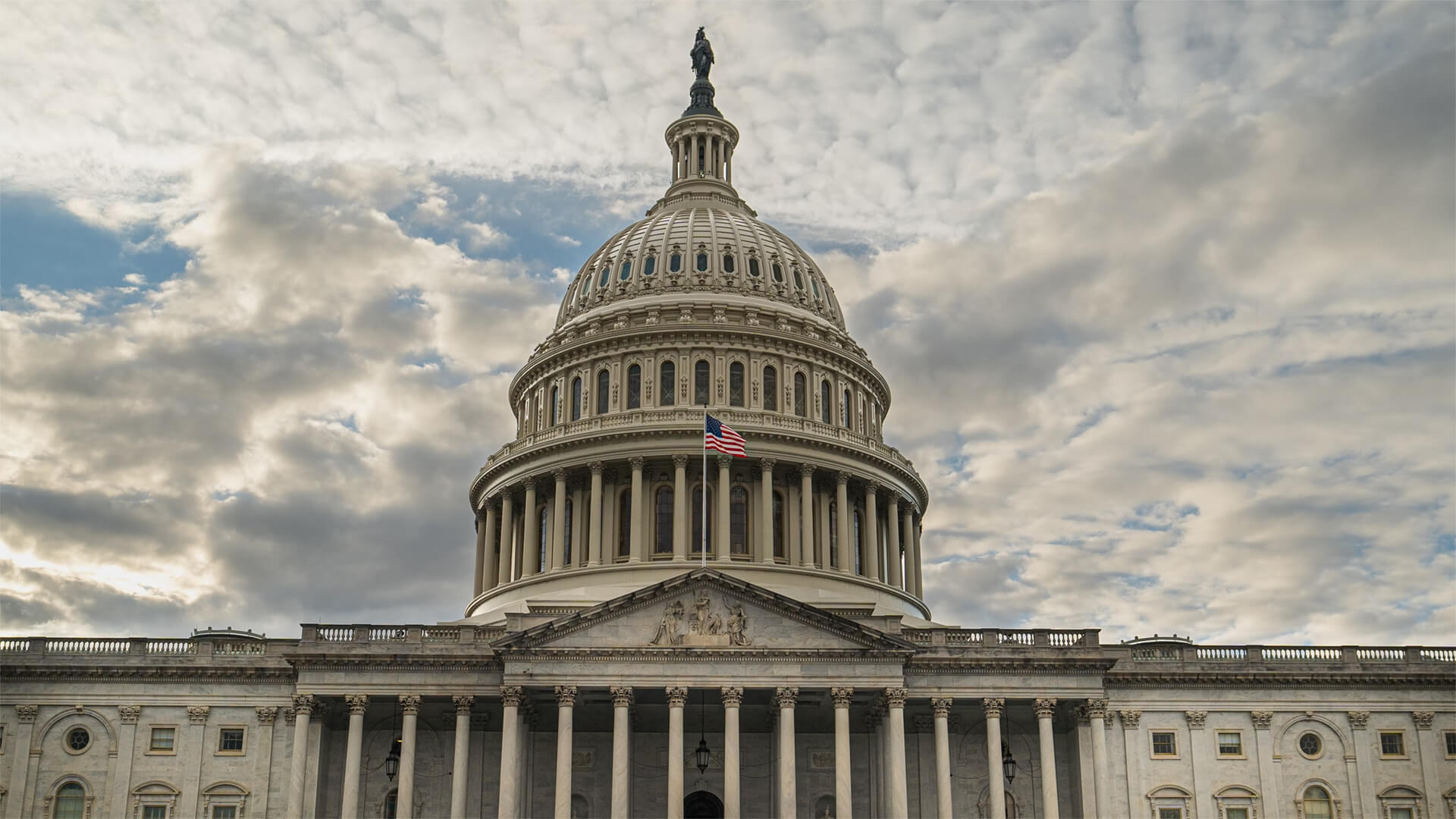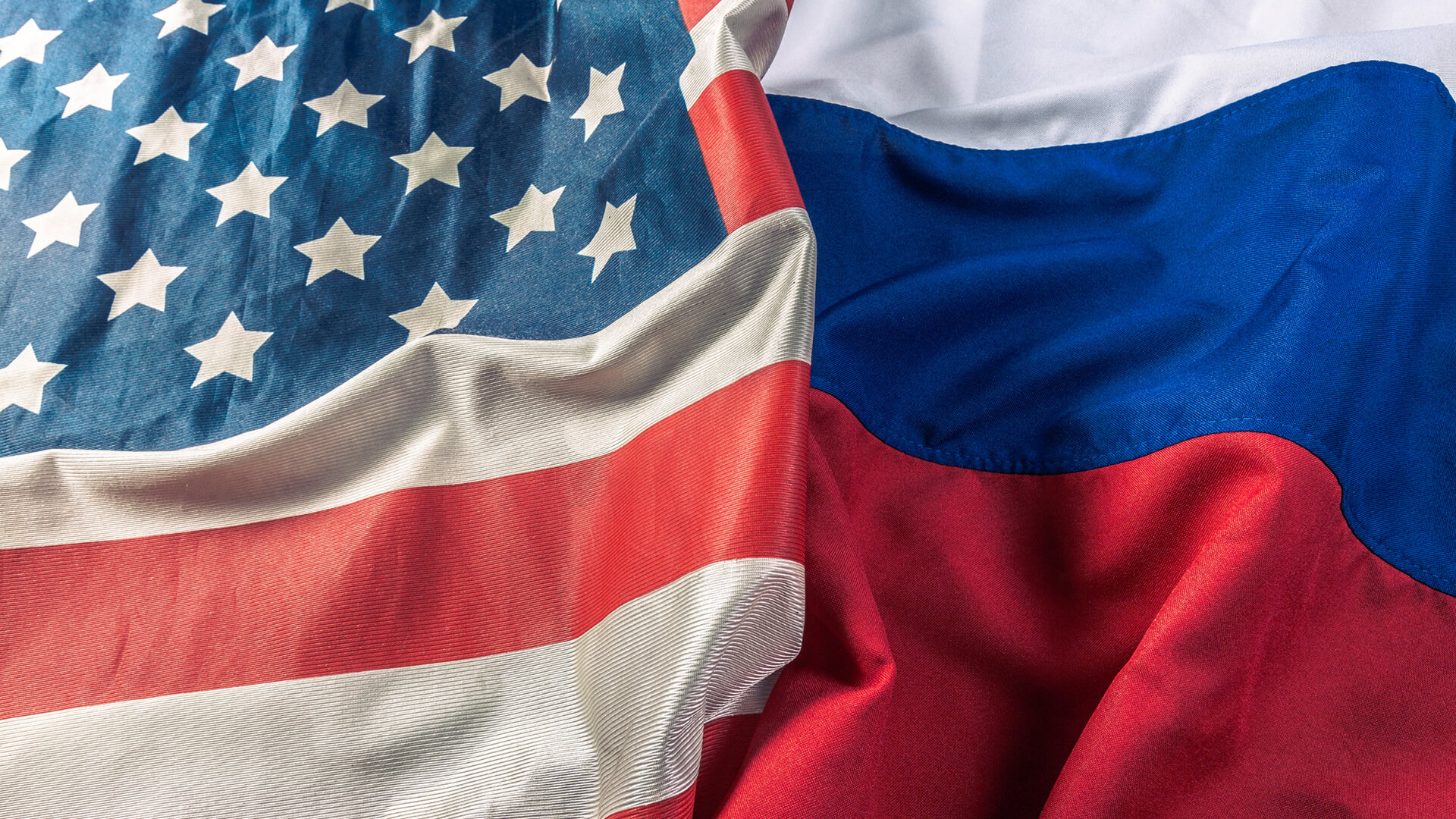This is part 2 of my attempt at catching up to current events in our Russian Reach series. Again, I’m going to let the videos do the speaking for themselves, but here are some questions to ask yourself before diving in:
Am I dreaming? Did I take any hard drugs in the past week? Am I still in my dystopian FPS augmented reality simulator? Whether you answer ‘Yes’ or ‘No’ to those questions, you’re in for a rude awakening…
Here at Zeihan on Geopolitics, our chosen charity partner is MedShare. They provide emergency medical services to communities in need, with a very heavy emphasis on locations facing acute crises. Medshare operates right in the thick of it, so we can be sure that every cent of our donation is not simply going directly to where help is needed most, but our donations serve as a force multiplier for a system already in existence.
For those who would like to donate directly to MedShare or to learn more about their efforts, you can click this link.
Transcript
Hey everyone. Peter Zeihan here. You are about to watch a video on a series that I’ve put together called The Russian Reach, which examines the role of the Russians in manipulating the current white House as well as the US government in a broader sense.
For anyone who signs up for my newsletter for watching any video for the remainder of the month, any sense that you would have normally given me for the next three months is going to a medical charity called Med Share.
But your steps in to help out communities who, through no fault of their own, have temporarily lost the ability to look out for themselves. So, for example, if the Russians are bombing your power grid and the Americans are no longer providing the tactical intelligence so you can anticipate the missile strikes and position your air defense and the Americans.
Furthermore, have stopped all financing to help you repair said power grid. In the aftermath, Medicare steps in to help hospitals with things like diesel generators. This QR code will take you directly to the Ukraine page, and that is where all of the donations will be going.
Hey, everybody. Peter Zeihan here. Let’s see. Let’s start with the Defense Department. Secretary Hegseth, has said that the reports that he gave the order to stop cyber operations, defending and defending against Russian cyber operations or disrupting their cyber operations was not actually true. Didn’t say the statement. He just retweeted somebody else’s, newspaper article. I have no way of confirming that personally.
But I will point out the original report came from within the Department of Defense. So I have my doubts. But for the moment, let’s just take folks off at his word. Good. Because the Russians have certainly not stopped hacking us. But if you look across the rest of the US government, the trend is definitely in the direction of just lying back and let it happen.
So there’s something called, let me show you this. Right. See, so the Cybersecurity and Infrastructure Security Agency, this is the group that prevents, the Russians from hacking the elections. Either going after the hardware or participating in misinformation. It wasn’t disbanded. It’s just all the people were fired, and, no one has been brought in to do the work since then.
Second one comes out of the Justice Department, which, Pam Bondi is the secretary of Justice now, and Task Force Klepto Capture, which was designed to go after foreign assets held primarily by Russian oligarchs. They basically stopped that work altogether. So it doesn’t matter where you got your money. If it’s from theft or criminality or whatever else. If you’re Russian, you’re in the clear. Now. Investigations have stopped, and the third one is at the FBI, the Foreign Agents Registration Act. Basically, if you’re in the United States and you’re a citizen, you’re going to be doing the work for foreign government. You have to register of doing the work for the foreign government. Well, not anymore.
Donald Trump’s team has fallen, a foul of this act. Many, many, many, many, many times, for either not reporting or reporting after the fact. And now you just don’t have to do it at all. So we’re on a one off for China mean it’s not going to be enforced.
Want to work for Russia? Go for it, Turkey. Take your pick. Okay. What’s next?
All right, let’s talk about what’s going on with the federal bureaucracy for in terms of hiring and firing. So first, some good news. The Trump administration has reinstated the people who were disassembling nuclear weapons. The people that he fired while the weapons were disassembled, the check on, you know, safety and maintenance of the so-called those people are back at the jobs, thank God.
Okay. However, overall, in the last eight days, the rate of firings has increased dramatically. We’re probably up to about 70,000 people have been fired. That’s about two, maybe 2.5% of the workforce. Keep in mind, these people aren’t really gone. Because, Trump doesn’t have the legal authority to fire them. So, in the time that since Trump has come in, which is we’re in week setting, I think, most of these people have been been reinstated by labor boards and especially courts.
Thing to keep in mind is that the premier authority in the United States is not the president’s Congress. Congress, establishes the bureaus and the departments and pays for them with taxpayer funds. And it’s up to the president to manage them. Now, the president does have a huge amount of autonomy and how to do that. But there are limits.
And so in this specific case, what we’re seeing is the people have basically been reinstated by the courts, but the Trump administration is not letting them back to work. However, Congress has mandated that the services that they were providing still be provided. So we’re starting to see large scale hiring of contractors to do the work. So, basically, we’re paying for everything twice now.
So budget deficit goes up. And if this sounds familiar to some of you, that’s because this happened also during the first Trump term. So he apparently either didn’t learn his lesson or thought that if he did it on a grander scale with less competent subordinates, he would get a different outcome. And he does get a different outcome.
It’s costing more. Okay. What’s next?
Okay, let’s talk tariffs. On the 4th of March, when we launched the series, Trump had just announced a 25% tariff on Canadian Mexican products. Two things going on here. He instinctively believes that a trade deficit is something that, is unfair. And so he wants to get that down to zero. And we do have large trade deficits with both countries.
But keep in mind that, every Canadian province and every northern Mexican state trades more with the United States, and they do with the rest of their country, which is another way of saying that their industrial plant is fully integrated into ours. And so we get all the benefits of their industrial plant without having to pay for their Social Security equivalent, their health care system, their infrastructure, their education, any other maintenance.
So we get the results of all the good stuff without having to pay for all the stuff that comes from running a government. This is a really good deal. Anyway, Trump has, of course, modified his position and say, now it’s all about illegal migrants and, fentanyl. Keep in mind that fentanyl is not actually controlled by the drug cartels.
It’s a mom and pop operation where three guys in a garage can make tens of thousands of doses very easily. Also, the precursor materials come from China. That’s why the Chinese have their own tariff structure now, which is now at 20%.
But, those precursor materials are shipped largely through the US mail to the United States, where they are repackaged and then shipped on to Mexico. So if you’re looking for the low hanging fruit and how to, destroy fentanyl is a problem, and you don’t want to go after demand in the United States, going after the post office is a much cleaner, simpler, cheaper method. Because as long as we have these tariffs going on and often enough. Oh, sorry, I forgot to say, on the sixth.
Yeah. On the sixth, Trump had, conversations with both. Claudia, shame on the Mexican president and Justin Trudeau, the Canadian prime minister. And the tariffs, for the most part, were deferred for another month. So they were originally put on in February. They were pushed a month. They took effect for 48 hours. They have been pushed another month. And this back and forth and back and forth and back and forth, has generated so much geopolitical and regulatory uncertainty that inward investment of the United States, it’s basically frozen, especially for American companies, because they just don’t know what the rules of the game are going to be.
And so even if you’ve got a stronger tariff today, against China, you really don’t want to move your industrial plant if you don’t know what the rules of the game are going to be. There’s one other problem is that, you know, one of my favorite quotes, the enemy gets a vote. The Canadians, did a first round of small tariffs, to counter Trump on the fourth.
They haven’t pulled those back. And Ontario, which is the largest, most populous, most industrialized, most integrated in the United States province, their premier, premiers kindof a governor in the American parlance. Ford has announced that on Monday, which will be the 9th of March, I believe that a 25% tariff will go into place on all electricity exports to the United States, and that primarily affects New York, Minnesota and especially Michigan.
So Detroit was already freaking out. Because the tariffs that Trump put into place affect anything that crosses the border. And the integration between Detroit and Ontario sees products go back and forth across the border on an average of like 6 or 8 times. And so they be terrified each time, which would add somewhere between 4 and $10,000 a vehicle for the final product.
For automotive. Doug Ford is basically taking a page from the Trump book and saying, fine, you want to be crazy, you want to put in tariffs that have nothing to do with the trade situation. Fine. Here’s one on electricity. You have fun with that. And he indicates he’s going to keep that in place until this terrorist situation is completely put to bed.
Whether or not I believe him, I don’t know. I’ve never had a chance to meet the guy. This is a new thing for him, but the dude, is is arguably the second most powerful person in the Canadian system because Ontario is so big relative to the rest of the country, it would be like Florida, Texas, and California all wrapped into one, with a much bigger industrial plant relative to that size.
All right. What’s next?
Okay. NATO. Well, no. Two in the European Union. Don’t have perfect overlap. The countries that are in the European Union that are not in NATO, like Austria and Ireland, are generally neutral, which doesn’t necessarily mean that they love the Russians or anything like that. They’ve just choosing to not shoot anyone anyway. Things are changing. The Trump administration’s basic abrogation of NATO leadership and, retreat on Ukraine, which is really the only issue that the Europeans care about right now, has forced them to do something that is honestly long overdue and, expand their defense spending.
We did a video already on the German situation, which is its own, ball of wax. But now the European Union nonmilitary organization is getting into it, too. And, basically, they’ve got this thing called a debt break. Where you can deficit spend up to 3% of GDP. Do any more than that, you get in trouble and you start getting fined by the European Commission.
So what they’ve done is they this is a condition for the monetary union. Otherwise they were afraid that some countries would just print currency like mad and deficit spend like mad and, wreck everybody’s plan. So limits. Anyway, in the last four days, the EU ministers met and they agreed to suspend the 3% limit. If what puts you over is defense spending.
And the thinking is that this by itself will free up about 6 to €700 billion, which is about 630 to 750 billion USD, for unspent defense spending. And if that is all spent in the next 2 or 3 years, basically you’re looking at the European Union countries roughly increasing the collective defense spending by somewhere between 50 and 100%.
So significant margin, is it enough for them to carry the water on Ukraine and everything else with it, the United States? No. But it’s a step in the right direction. And if you know, nothing else good comes from what’s going on right now in the world. Having the Europeans have some more capabilities on the surface seems good, but you know, there’s 27 EU members and each have their own story.
So that is a very dangerous blanket statement to put in there. Something that I addressed in the German video that I think went out yesterday, having a hard time keeping track of time. Okay. What’s next?
On March 7th, Polish Prime Minister Donald Tusk announced before the Polish parliament that Poland would be withdrawing from the Ottawa Treaty on the Banning of Landmines and the Dublin Treaty on the Banning of Cluster Munitions, in order to build out a defensive capacity that allows them to defend better. They’re also going to do a nationwide draft of all men of military age to prepare for the war with the Russians, because they know that they are next after the Russians are joining with Ukraine.
And furthermore, he announced that the government is formally considering starting the exploration process to build its own independent nuclear weapons system. Because ultimately, that’s the only thing that’s going to be able to hold the line. It takes years to build up a conventional military. And while Poland has a head start, it’s not going to be able to stand up to the Russians on their own.
Certainly nothing without United States assistance. And we should expect many, many other European countries to follow these broad guidelines, especially when it comes to nukes. With Finland and Sweden being at the top of the list, Romania probably being right there with Poland, and shortly thereafter the Germans will have no choice but to consider doing it themselves.










